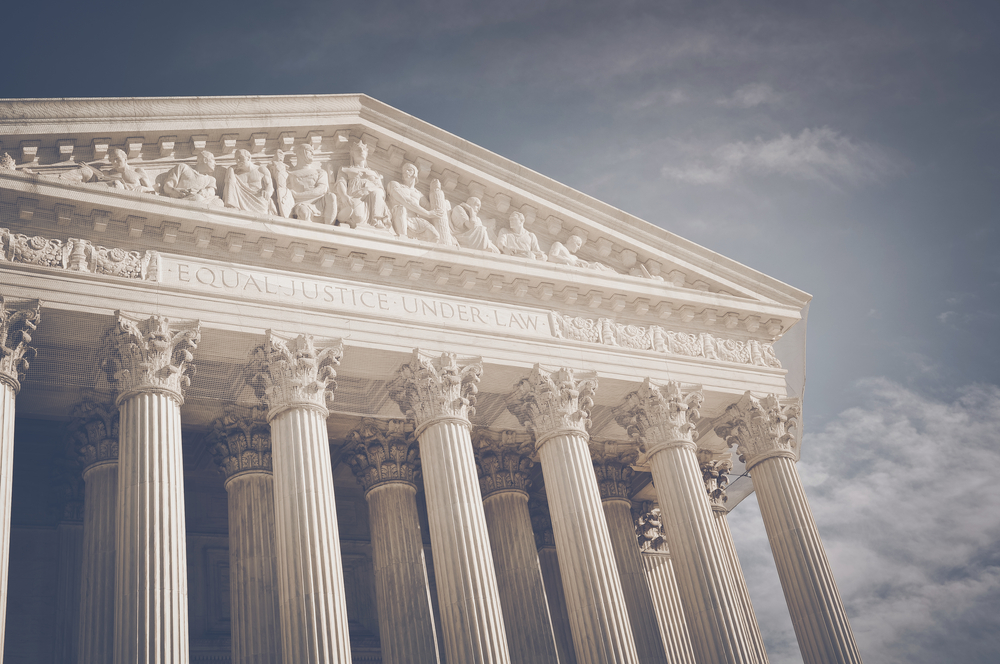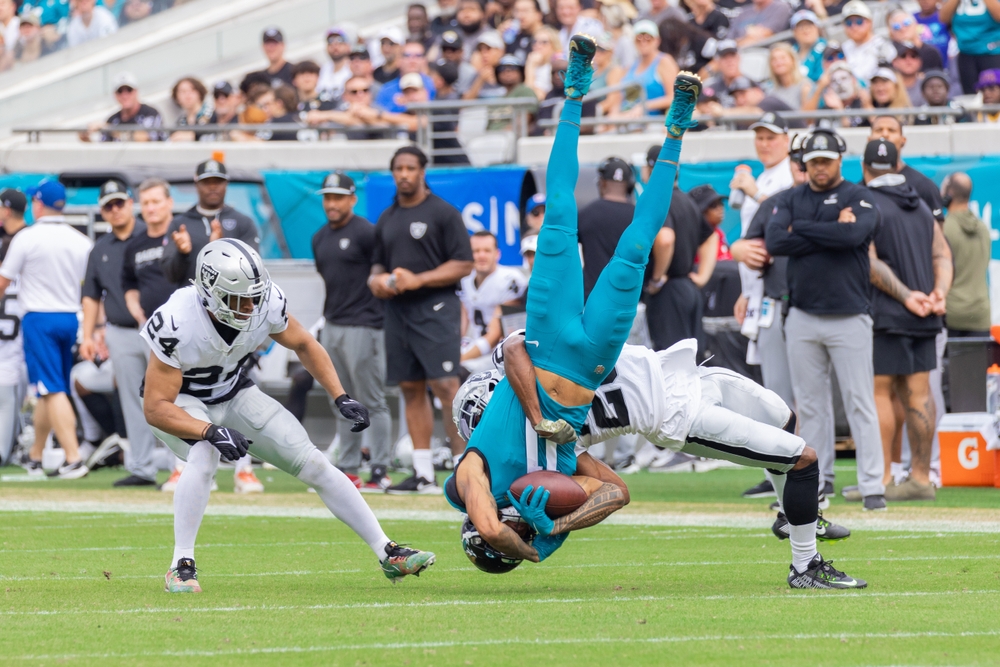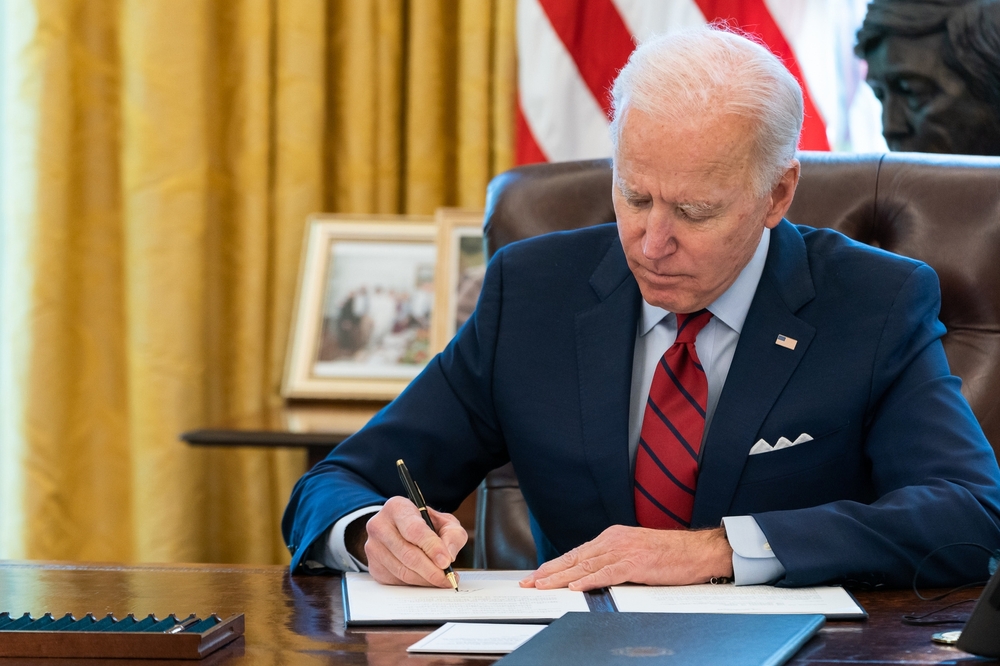How Could a Biden Administration Proposal Affect Gig Workers?
A proposed new rule by the Department of Labor would require businesses that use gig workers to re-classify their independent contractors as employees. The proposed change would shake up industries such as food delivery, ridesharing services, and many others that rely on gig workers. These gig workers are independent contractors without employee benefits or protections. They cost employers up to 30% less than traditional employees.
Millions of Americans currently working as independent contractors provide vital support to healthcare, construction, restaurants, transportation, and other industries – yet they lack the rights of full employees. Most state and federal labor laws apply only to employees, such as minimum wage and overtime pay.

An estimated 16% of Americans earned income in 2021 via an online platform or app, including ridesharing services like Lyft and Uber, delivery services like Instacart, and other platforms. According to the Pew Research Center, 30% of those 18-29 years old have earned income this way, with those numbers expected to grow.
“Misclassification deprives workers of their federal labor protections, including their right to be paid their full, legally earned wages,” said Labor Secretary Marty Walsh in a statement. These protections include access to a safe, fair, and healthy working environment, safeguards against discrimination, and access to unemployment insurance.
Under the Fair Labor Standards Act (FLSA), independent contractors are not dependent on their employers for work. Freelancers and the self-employed, classified as independent contractors under the FLSA, are in business for themselves. This new rule would only apply to the Labor Department.
What Is the Proposed New Rule?
The FLSA and the Labor Department have historically applied an “economic realities” test with five factors to determine whether a worker is an independent contractor or an employee. In 2021, the Trump administration implemented an Independent Contractor Rule that gave the greatest weight to just two of those factors: the degree of control a worker has over their work and the opportunity for loss or profit when determining employment status. This made it easier for employers to classify more workers as contractors.
The proposed new rule is President Biden’s second attempt to change some Trump-era Department of Labor policies. It is aimed at making it easier for more gig workers to become employees by considering those two factors plus four more. Here are the proposal’s main tenets:
- Aligning the Labor Department’s approach with the courts’ interpretations of FLSA and the economic reality tests
- Taking into account all of these economic reality factors equally:
- The nature of and degree of control over the work
- The worker’s opportunity for profit or loss
- Investments by the employer and the worker
- The amount of skill required to do the work
- The permanency of the work
- How essential the work is to the business’s success (most important)
- Taking into account the total sum of analysis when it comes to whether a worker is an independent contractor or employee
- Assisting with the proper classification of workers
- Removing the 2021 Independent Contractor Rule
The public has until Nov. 28 to submit feedback comments on the change. If accepted, the proposal will take effect in 2023.
Related: App-Based Business Battles Continue Over Gig Workers’ Employment Status
How Will Workers and Businesses Be Affected?
If the new rule goes into effect, it could be life-changing for some gig workers who will now be employees with better pay, benefits and protections. It could also mean no change for many of them. Some businesses may be forced to reshape their policies and budgets to accommodate gig workers, while others will continue as usual. In short, it’s a complicated process that will take shape slowly over the coming months.
Related: Who Pays for Gig Workers Injured on the Job?
Many worker advocates have long been pushing for change regarding employee status. Patricia Campos-Medina, Executive Director of the Worker Institute at Cornell University’s School of Industrial and Labor Relations, feels that the new rule will give gig workers the rights they should have had all along.
“This is a long-awaited determination that will empower essential workers to assert their basic wage and hour, health and safety, and compensation rights,” she said in an interview with NPR. “All workers are entitled to these rights, but employers easily avoid them by making arbitrary decisions on independent contractor rules.”
Other labor advocates point out that the new rules would throw a wrench into how businesses operate.
“A classification to employees would essentially throw the business model upside down and cause some major structural changes if this holds,” said Wedbush analyst Dan Ives.
The Labor Department estimated that the new rule, if adopted, could cost businesses with misclassified workers $188.3 million.
Companies that rely on gig workers for their success, such as app-based models like Instacart and Uber, have vehemently expressed their opposition to the proposal. Michael Gold, a professor of labor and employment law at Cornell University, believes these businesses will not take the new rule lying down.
“I’m sure that the employer community will protest the rule,” he said to Time. “There’s more flexibility with a contract worker who is an at-will employee and generally, the pay is lower for a contract worker than for a permanent worker.”
Businesses, employees, and gig workers can provide their comments until Nov. 28. All will surely be watching to see if and how the new rule will affect their working lives.



















